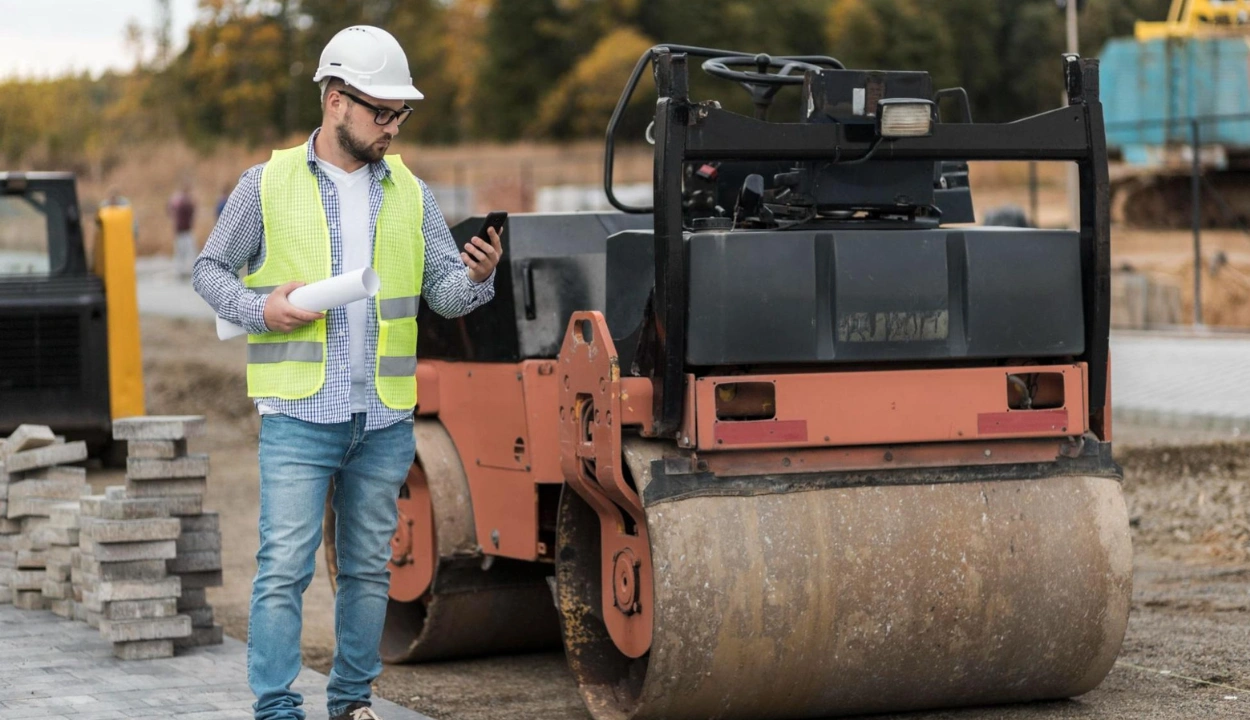Role of Resource Planning in Equipment Management
In the dynamic sphere of construction, the only constant is evolution. Technological advancements reshape how we organize, execute, and maintain our built environments.
Amid these changes, resource planning in equipment management is becoming a pivotal factor, promising to streamline procedures, trim expenses, and, ultimately, amplify the construction industry's success.
It encapsulates resource planning, a thorough process of coordinating the allocation, usage, and maintenance of equipment resources to achieve peak efficiency and cost-effectiveness.
ERP-Driven Resource Planning
Managing construction equipment today is more than just owning or renting machines.
It’s about orchestrating a seamless process of planning, organizing, and controlling every aspect of equipment usage.
The real game-changer? Integrating Enterprise Resource Planning (ERP) systems into resource planning.
ERP-driven resource planning brings structure and precision to the chaos, allowing construction managers to determine exactly what equipment is needed, where and when it’s required, and for how long.
This eliminates guesswork and inefficiencies, leading to:
- Reduced Overuse and Underuse: Optimize equipment usage to avoid wear-and-tear or prolonged idle time.
- Prevention of Downtime: Plan timely replacements and maintenance schedules to ensure operations run smoothly
Essential Aspects of Resource Planning in Equipment Management
Efficient equipment resource planning ensures construction projects run seamlessly, with lower costs and reduced downtime.
Here are the key technical components that advanced systems can provide:
1. Real-Time Inventory Monitoring
Track your inventory in real-time and maintain its condition with connected platforms. This minimizes unnecessary purchases and ensures machinery readiness for projects.
2. Advanced Scheduling Tools
Modern systems enable precise scheduling, ensuring equipment is allocated to the right project at the right time. This reduces idle machinery and avoids project delays.
3. Predictive Maintenance Capabilities
Utilize predictive maintenance tools to analyze equipment data, prevent breakdowns, and maximize uptime with timely alerts for servicing and replacements.
4. Lifecycle Management Features
Data-driven tools help track equipment lifespans, enabling timely replacements or upgrades to avoid failures and reduce operational risks.
5. Comprehensive Cost Tracking
Integrated systems allow accurate tracking of equipment costs, including purchase, maintenance, and operational expenses, ensuring effective budget management.
6. Risk Analysis and Mitigation
Leverage advanced analytics to identify potential risks, such as wear-and-tear trends or safety concerns, ensuring smooth project execution and a safer workplace.
Benefits of Resource Planning in Equipment Management
The rewards of integrating effective resource planning in equipment management into your construction business are plentiful:
Boosted Productivity: Impeccably managed and maintained equipment leads to optimal work efficiency.
Cost Reduction: Avoid impromptu orders, emergency repairs, and idle equipment, significantly lowering costs.
Extended Equipment Lifespan: Regular maintenance and careful usage can prolong the lifespan of the equipment.
Improved Safety: Well-kept equipment is safer, reducing the risk of accidents.
Conclusion
In the fast-moving construction industry, success depends on working smarter, not just harder.
Modern tools of construction equipment management software bring structure and efficiency to resource planning, helping businesses boost productivity, cut unnecessary costs, and maintain safer job sites.
Clue is a solution which plays a vital role in simplifying complex processes, from tracking equipment lifecycles to optimizing maintenance schedules.
By embracing these technologies, construction companies can streamline operations and set the foundation for long-term success in an increasingly competitive landscape.
The path forward is clear: resource planning isn’t just a task—it’s the key to thriving in construction’s dynamic future.
Transform Your Equipment Management












